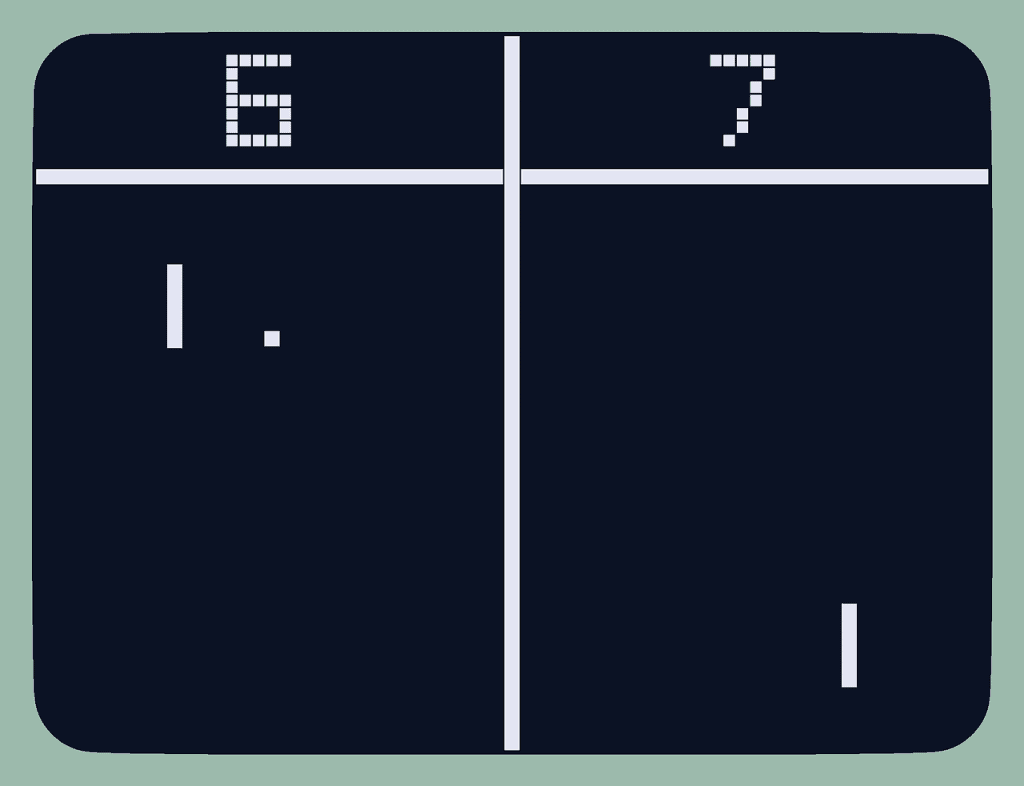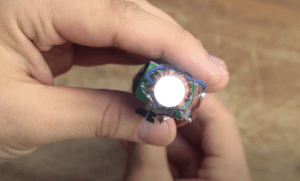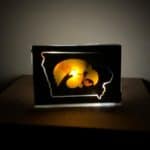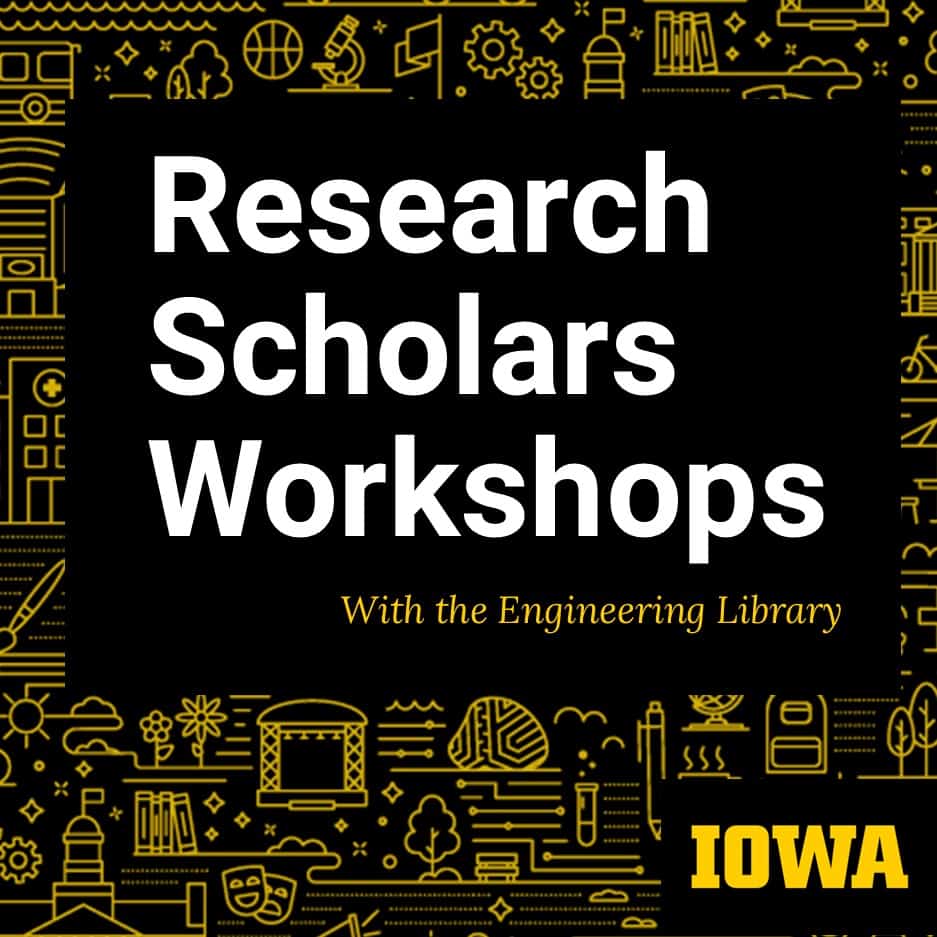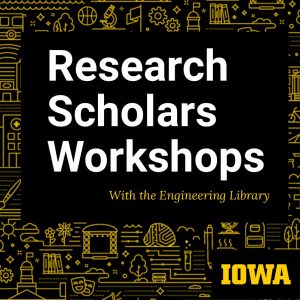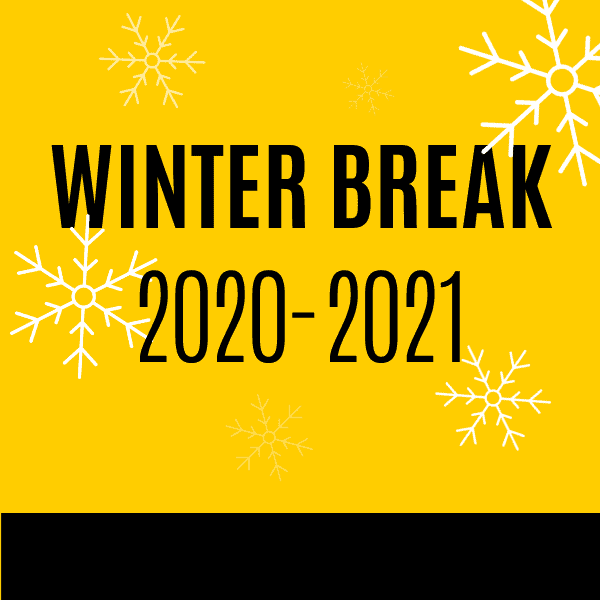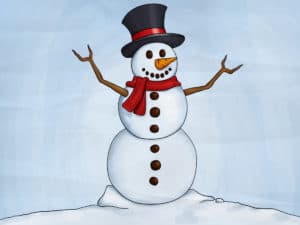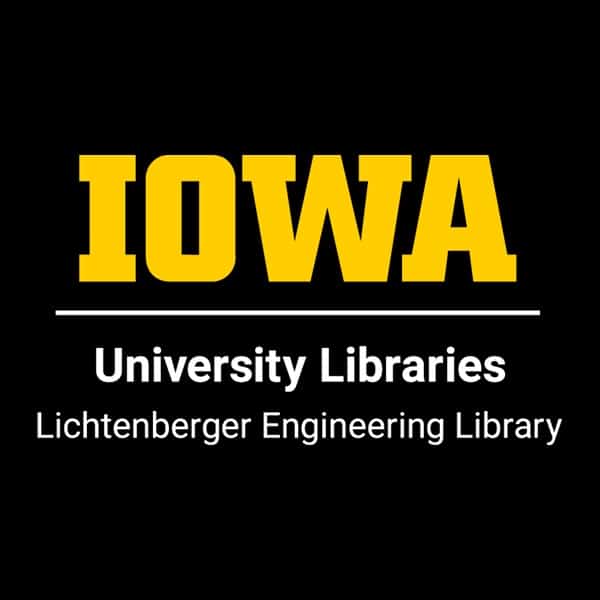
How much do you know about our Mother Earth – the species, the resources and the threats? The Earth Day webpage has a series of quizzes you can take to gauge your level of knowledge. I know I’m not an expert – by any means – but I did think I had a fair amount of knowledge. The quizzes showed me that I definitely don’t know as much as I thought I did!
Are you a coffee drinker? What do you know about sustainable coffee? Handbook of Coffee Processing By-Products: Sustainable Applications looks at key topics specific to sustainable management in the coffee industry. We also have Fair Food: Stories from a Movement Changing the World which is a “new story” of food production – how farming in Australia is dramatically changing at the grassroots level. Read the stories of innovation, from local food hubs to open-source software code, community-shared and urban agriculture and more!
How much do you know about how deforestation affects us as humans? Sustainable Healthcare discusses how climate change threatens human health, how healthcare organizations can deal better with all their waste, and how death and dying can become more sustainable. Every think about the oceans can also suffer from deforestation? Let Them Eat Shrimp : the Tragic Disappearance of the Rainforests of the Sea talks about mangroves and their importance to coastal dwellers and what effects shrimp farming has on mangroves and their destruction.
Exploring green energy? A Bright Future : How Some Countries Have Solved Climate Change and the Rest Can Follow offers “a proven, fast, inexpensive, and practical way to cut greenhouse gas emissions and prevent catastrophic climate change.” It explores how clean energy replaced fossil fuels in places such as Sweden, France, South Korea, and Ontario.
Most of us have heard about carbon footprints. You’ve probably even taken a quiz at least once. But did you know there are ways to calculate your FoodPrint? Did you even know there was such a thing? A FoodPrint is the result of everything it takes to get your food from the farm to your plate. Most of those processes are behind the scenes, and usually the consumer is unaware of them. Earth Day has several FoodPrint calculators on their webpage. There is a easy quiz to help you understand how you are doing so far, and then other calculators to help you figure out ways to “Eat Lower Carbon,” “The Meat Calculator,” and “How Does Your Diet Contribute to Climate Change?
Take the Earth Day quizzes, check your carbon FootPrint and FoodPrint and then check our library for the resources to help you learn more!
Resources:
Charis M. Galanakis, editor. 2017 Handbook of coffee processing by-products : sustainable applications. London, United Kingdom : Academic Press, an imprint of Elsevier. Engineering Library TP645 .H36 2017
Nick Rose, editor. 2015. Fair food : stories from a movement changing the world. Queensland, Australia : University of Queensland Press. Engineering Library S478.A1 F35 2015
Schroeder, Knut (and others). 2013. Sustainable healthcare. Chichester, West Sussex : John Wiley & Sons. Engineering Library RA418 .S87 2013
Warne, K.P. 2011. Let them eat shrimp : the tragic disappearance of the rainforests of the sea. Washington, DC : Island Press/Shearwater Books. Engineering Library QK938.M27 L47 2011
Goldstein, Joshua S.; Staffan A. Qvist, authors. 2019. A bright future : how some countries have solved climate change and the rest can follow. New York : Public Affairs First Edition. Engineering Library TD171.75 .G65 2019
Quiz Yourself. Earth Day Quizzes. EARTHDAY.ORG
Carbon Footprint Calculator. What is your carbon footprint. EPA. 2016
FoodPrint. What is a FoodPrint. Grace Communications Foundation. 2021
FoodPrints for the Future. FoodPrints Caculators. EarthDay.org Date accessed: April 22, 2021
Other Resources:
Megh Raj Goyal, editor. 2016. Water and fertigation management in micro irrigation. Oakville, ON, Canada ; Waretown, NJ : Apple Academic Press 2016. Engineering Library S619.T74 W38 2016
Andrew D. Maynard editor ; Jack Stilgoe editor. 2017. The ethics of nanotechnology, geoengineering and clean energy. London ; New York : Routledge. Engineering Library T173.7 .E847 2017
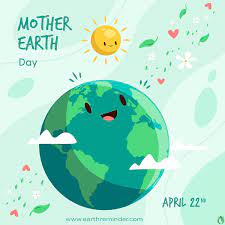
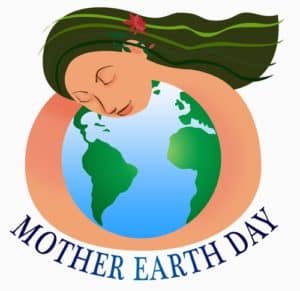

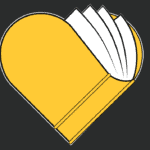

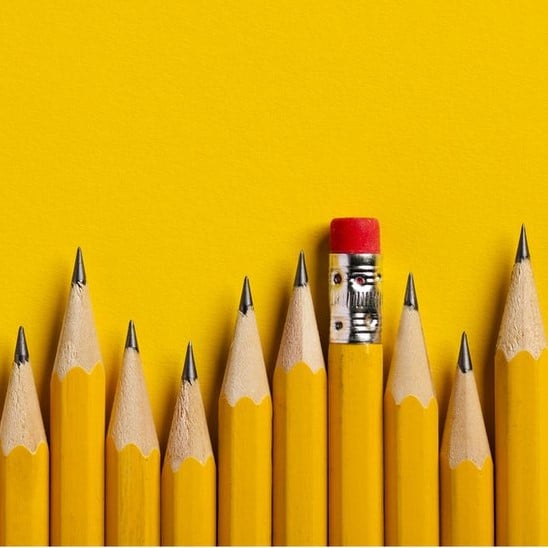
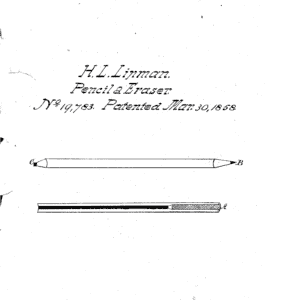




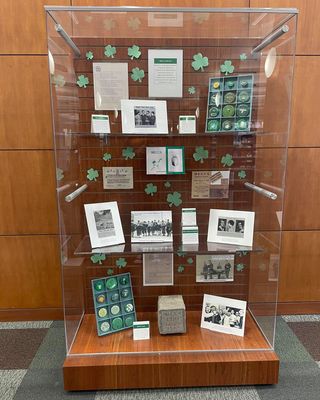
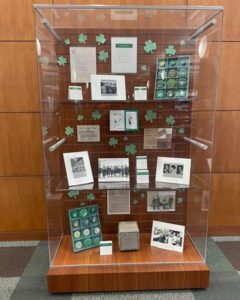
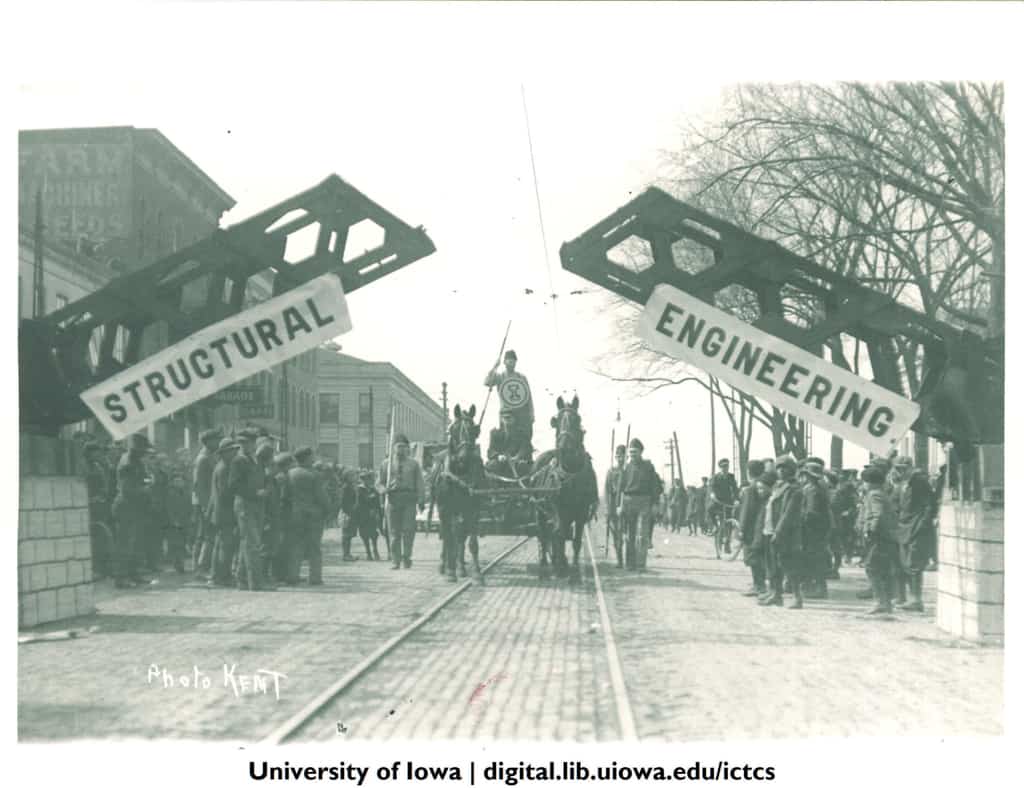

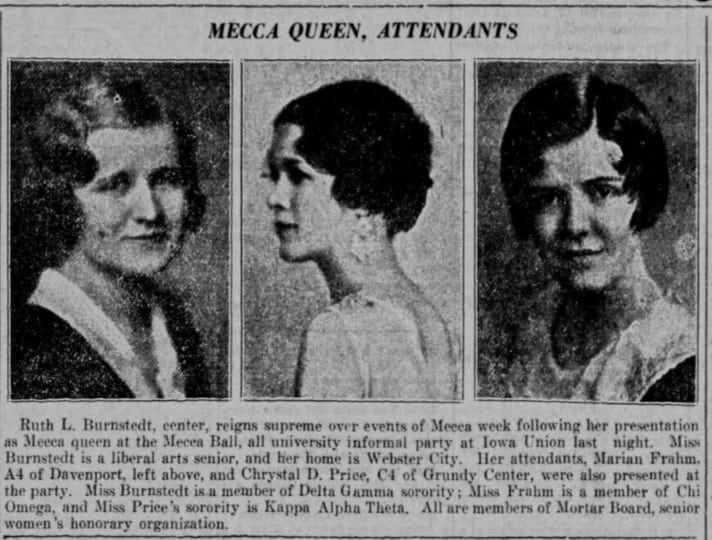
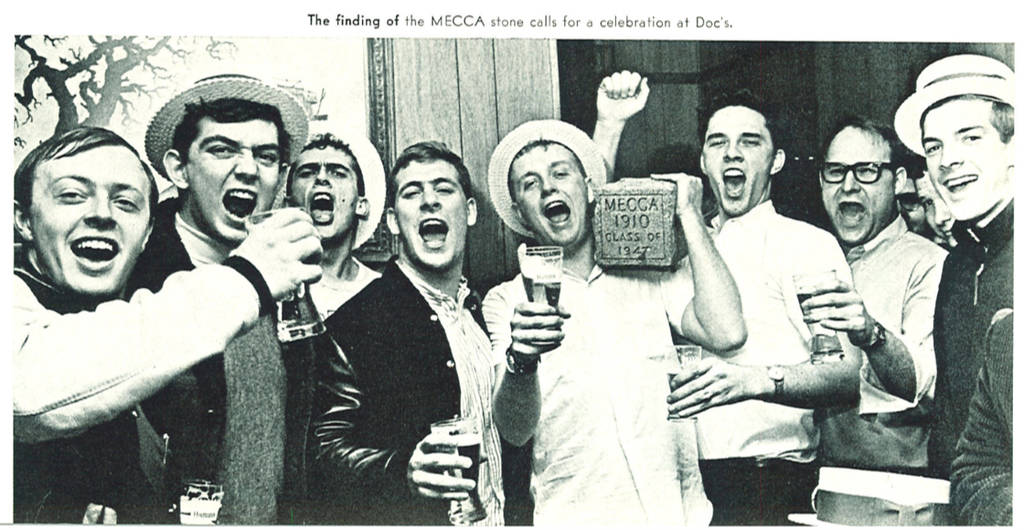



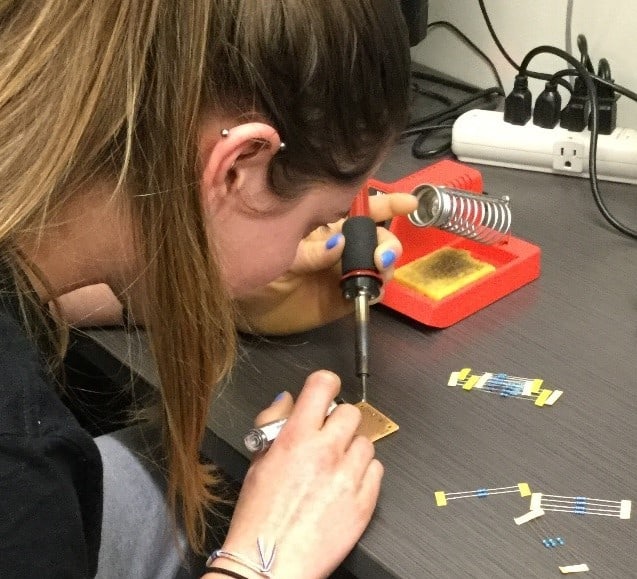 NEXT WEEK! February 24 – Soldering Basics
NEXT WEEK! February 24 – Soldering Basics